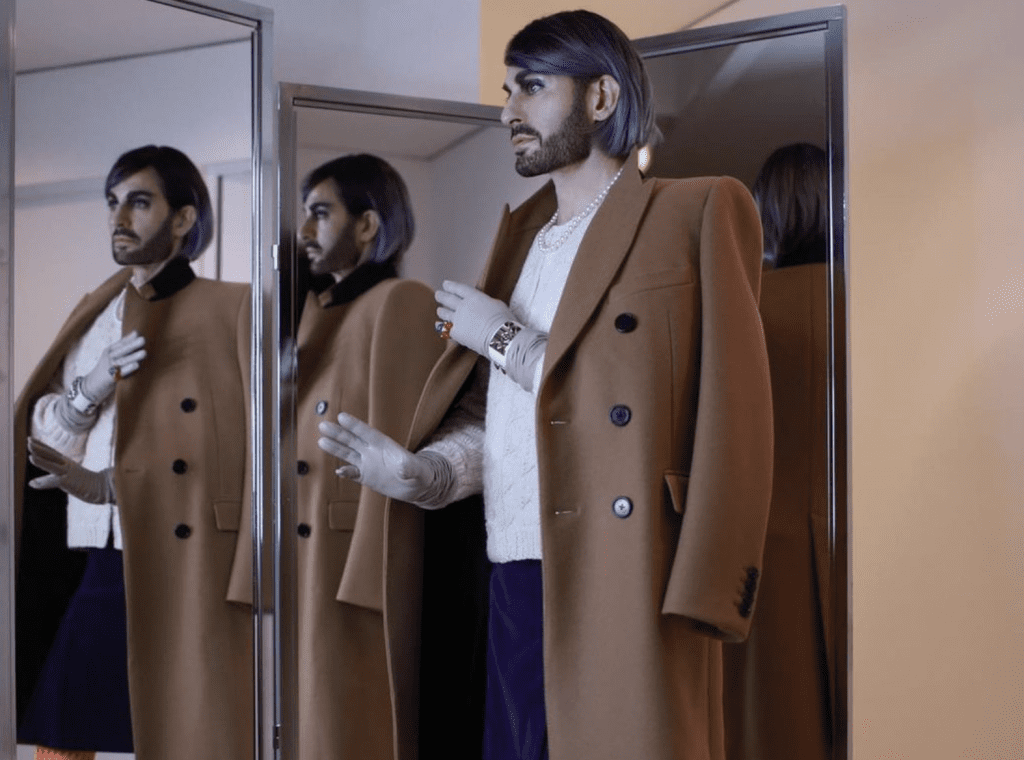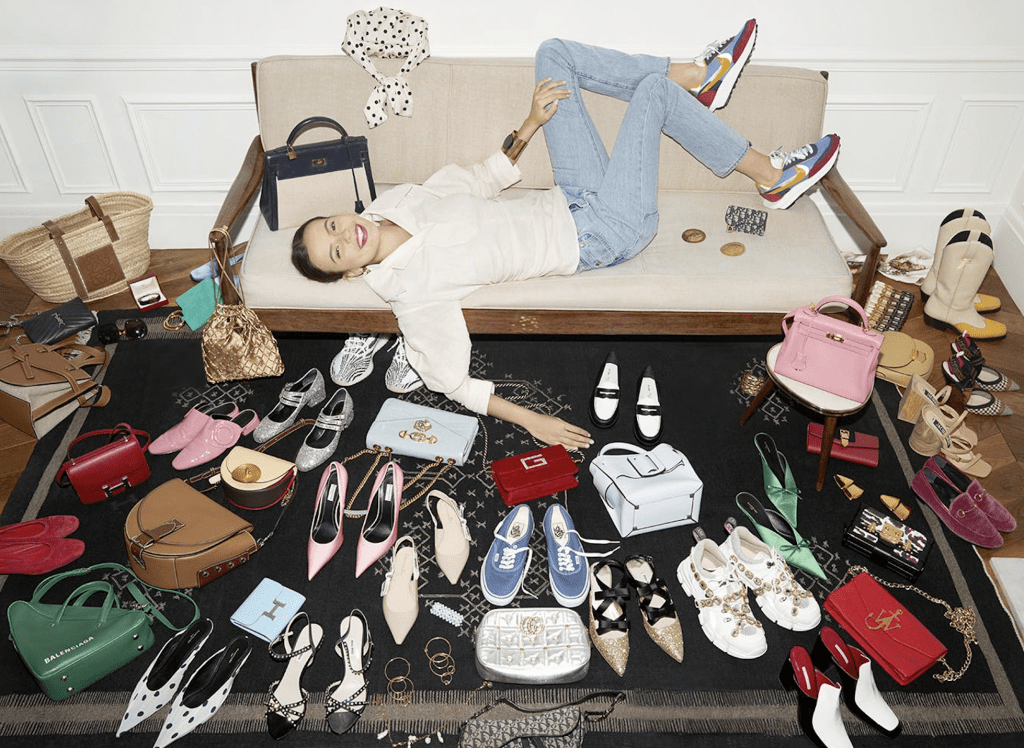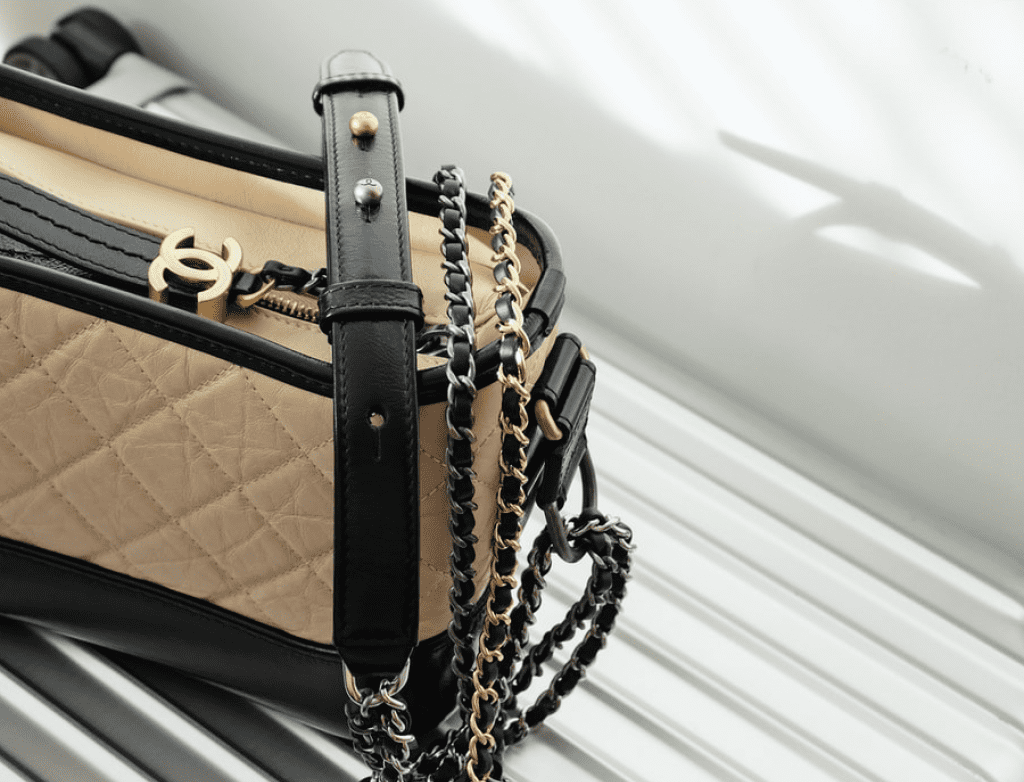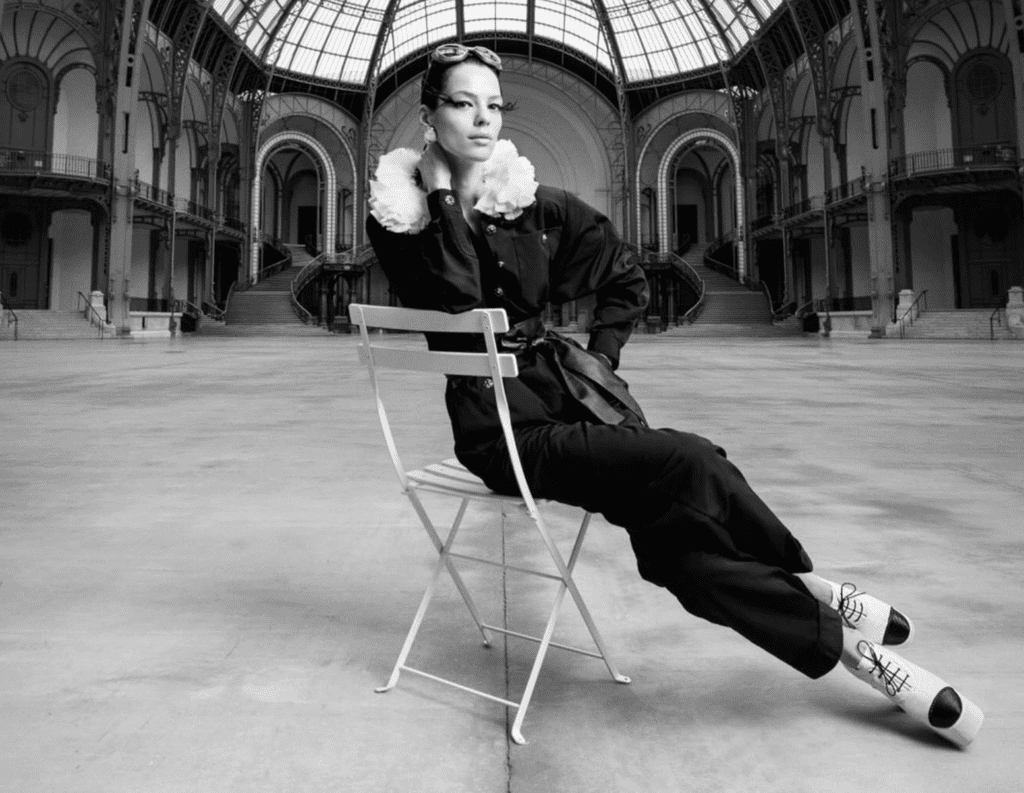Marc Jacobs very publicly got the boot in 1992. He was ousted from his role as creative director of Perry Ellis a year after showing his now-utterly famous grunge collection in November. The collection, itself, consisted of what the New York Times described as “$12 flannel shirts as the inspiration for $300 designer ones.” Bernadine Morris, writing for the Times, described it “a post-modern hippie way of mix[ing] everything up … which looks as if it were put together with the eyes closed in a very dark room.” Cathy Horyn declared that “for a major Seventh Avenue fashion house to put out that kind of statement at that kind of price point is ridiculous.”
While the controversial collection, which the New York posted suggested could very well have marked the end of Jacobs’ career, was certainly his last for the New York-based brand, it was also in my ways Jacobs’ springing board to something much bigger.
“Mr. Jacobs’s ability to get publicity, instead of selling frocks, wasn’t valued by Perry Ellis executives, who dropped the collection,” and Jacobs right with it, wrote the Times’ Amy M. Spindler, some 5 years later. It was, however, just the currency that Bernard Arnault, the chairman of LVMH, was seeking in connection with his plans to launch Louis Vuitton’s first-ever foray into ready-to-wear. “There’s no doubt,” stated Spindler, “how much that publicity is valued at Vuitton.”
With a roster of Alexander McQueen, who was helming Givenchy at the time, and John Galliano, set to make his Christian Dior debut after being reappointed from Givenchy, “Mr. Arnault has proven with his company’s coffers how much he values bad-boy designers,” she noted. “What Mr. Arnault seems to understand better than any other investor is that the cachet of image that is so difficult to manufacture can be bought.”
And a deal was born.
“Mr. Arnault, the head of the [LVMH] conglomerate, whose fashion holdings include Christian Dior, Givenchy, Louis Vuitton, Christian Lacroix and Kenzo, has chosen Marc Jacobs to be the first ready-to-wear designer for Louis Vuitton, the luggage company,” the New York Times declared in January 1997.
Jacobs, 34 at the time, would make his debut as Louis Vuitton’s creative director in March 1998 by way of an Autumn/Winter collection, the first-ever ready-to-wear outing for the 144-year-old brand, which was up until that point known exclusively as a purveyor of travel goods. Ahead of Jacobs’ show, Robin Givhan, writing for the Washington Post, addressed the task at hand: “Without the help of a ready-to-wear tradition or an expansive archive, Jacobs’s challenge is to establish, out of the blue, a distinctive Louis Vuitton style. By any measure, it is a daunting job.”
But Jacobs, who had spent the time between his Perry Ellis ousting and Louis Vuitton grand entrance helming his New York-based eponymous label (in which LVMH acquired a stake in early 1997), rose to the occasion. “What Jacobs showed,” according to Givhan, “was a beautiful collection of luxury separates full of intriguing details and with a sportswear sensibility. It is impossible to say whether the collection looks like Vuitton. What does Vuitton look like? There is no precedent.”
He did not “bring Louis Vuitton into the world of ready-to-wear with an explosive collection,” Givhan wrote in March 1998. “He did, however, provide the company with a foundation on which to build.” And build he would. Jacobs would spend the next 16 years growing Louis Vuitton’s offerings from luggage and leather goods to those of an international fashion powerhouse.
His tenure at Vuitton coincided, as Eric Wilson noted in the Times, with “the beginning of an intense competition between LVMH and Kering, as they acquired virtually every historic fashion brand in Europe, as well as some in the United States. It was also significant was “one of the most successful revivals of a historic French house, and the longest-running, apart from Karl Lagerfeld at Chanel and Fendi, spawning what has become a standard business model to place contemporary designers at fashion labels.”
With cult-collaborations that paired Louis Vuitton with the likes of Steven Sprouse, Julie Verhoeven, Takashi Murakami and Richard Prince, and frocks that showed up on A-list actresses on the world’s most heavily-watched red carpets, Jacobs’ magic was seemingly endless and proved to be far-reaching. It looked great on paper, too; within ten years of his appointment, Jacobs had “quadrupled the company’s profits,” according to British Vogue.
Fast forward to October 1, 2013 and after months of rumors-mongering as to the status of Jacobs’ Louis Vuitton contract, he showed a Spring/Summer 2013 collection set against “many of the sets from his sixteen-year tenure at the LVMH-owned house,” wrote Vogue Runway’s Nicole Phelps. “The elevators, the escalators, the carousel, the fountain, last season’s hotel corridors—they were all there, a reminder of the designer’s extraordinary showmanship, only rendered this time in shades of black.”
After the show, Jacobs confirmed that he and his business partner, Robert Duffy, would bid the brand adieu; they would shift their focus to Jacobs’ eponymous label in New York.
Having “reversed the fortunes of Louis Vuitton,” as Phelps put it, and with a public offering (which has still not unfolded) on the horizon, noted the Guardian, “surely Jacobs – the master storyteller – has a few plot-twists up his sleeve.”











